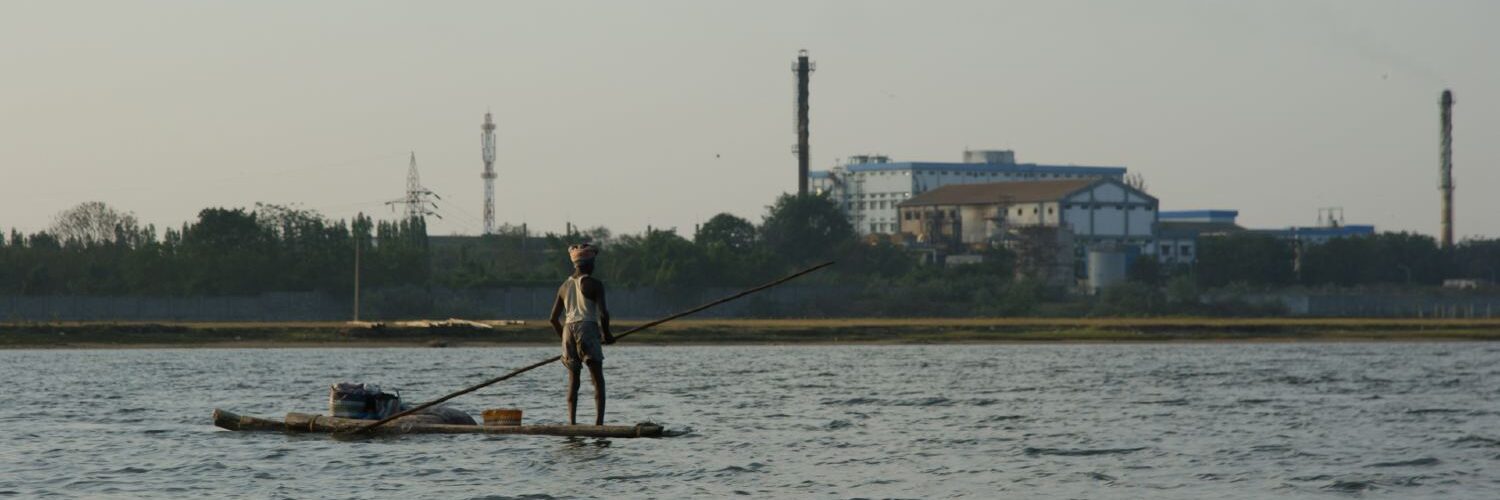04 Oct 2010
By Gokul Chandrasekar
Express News Service
The Madras High Court’s order to shut down Vedanta group company Sterlite Industries India Ltds (SIIL) copper smelting plant because of very high levels of pollution came as a much-awaited relief for the locals living around the plant in Thoothukudi.
The HC order was the second major setback for Vedanta within a month, though the Supreme Court subsequently stayed the operation of the verdict till October 18. In August, Vedanta was denied permission to mine bauxite at Niyamgiri Hills in Orissa again due to environmental concerns.
However, there is an interesting difference between the ways in which the two projects faced the axe. In Orissa, the regulator Union Ministry of Environment and Forests (MoEF) played a proactive role and struck down Vedanta’s proposal that was pending for approval. In contrast, in Tamil Nadu, the regulators, including the MoEF, Tamil Nadu Pollution Control Board (TNPCB), and Supreme Court Monitoring Committee on Hazardous Waste (SCMC), let the company have a free run by flouting norms in spite of having damning evidence produced by peer government agencies.
Express has accessed and reviewed reports, documents and evidences sourced through the Right to Information Act by independent researchers and environmentalists. They show that SIIL violated every possible environmental regulation that exists in the rulebook. Reports prepared by expert groups comprising TNPCB and SCMC officials identified and acknowledged these irregularities, but strangely failed to crackdown on the erring firm.
For the plant that went on stream in 1997, TNPCB granted a no objection certificate (NOC) in 1994 despite the company not complying with several rules. For example, the applicant must perform an Environment Impact Assessment, which it did not do. Two, the unit should maintain a minimum distance of 25 km from ecological/sensitive areas. But SIIL was located within 14 km of a notified protected area The Gulf of Mannar Biosphere Reserve. And three, the unit should have ensured that onsite and offsite emergency preparedness plans were in place. Preparation of an offsite emergency plan was made mandatory in the wake of 1984 Bhopal disaster. Yet, SIIL failed draw up the plans till the unit was ordered to be shut down last week.
How did SIIL manage to obtain the NOC from TNPCB despite such glaring violations of norms? TNPCB officials were unavailable for comment.
In 1995, it was the turn of MoEF to show lenience. For, it granted environmental clearances to projects and products within SIIL that were not covered by the TNPCBs NOC. The law mandates that the MoEF take the call after a company fulfils certain conditions, such as submission of detailed risk analysis report and maximum credible accident analysis report. SIIL failed to submit both, yet the clearance came through.
The unit became functional in 1997 following which multiple cases of poisonous gas emissions and leaks were reported. According to TNPCBs records, at times the levels of sulphur dioxide in the ambient air exceeded permissible levels by more than a factor of 10. In one such instance, workers at the electricity board substation opposite the industrial unit reportedly suffered from headache and choking due to smoke emanating from the unit, following which the superintendent engineer of the TNEB wrote to the TNPCB complaining about the pollution.
Following a case filed on the issue by the National Trust for Clean Environment, the Madras High Court in 1998 sought a report on the issue by National Environment Engineering & Research Institute (NEERI). The report submitted in 1998 made damning revelations. It identified 15 major violations of environmental rules, including breach of consent to operate under water and air Act. The findings included faulty waste management systems, lack of emergency plan and absence of production permits for Phosphogypsum, a material banned in many developed countries.
Groundwater samples analysed by NEERI showed the presence of heavy metal way beyond permissible levels. Samples taken from a bore well adjacent the factory’s surge pond that stores treated effluents showed that arsenic (a extremely poisonous metalloid) levels were 4.4 times higher than acceptable levels while levels of aluminum were 20 times higher than normal.
The report suggested closure of operations at the plant as the emissions were a real threat to safety, health and environment. Subsequently, in November 1998, the court ordered that the plant be shut until the conditions were further investigated and SIIL puts its house in order.
But the company resumed operations in 1999 despite new investigations showing that not all conditions had been met.
One of the more serious violations that have not attracted much attention is the fact that SIIL systematically violated production caps as its output was way beyond what it was permitted to manufacture. While the company had permission to produce blister copper alone, it went ahead and produced copper anodes for which it did not have permission. In 1999, TNPCB granted consent to operate the factory to its full capacity. While the company was permitted to produce 70,000 tonnes of blister copper per annum, it produced 1,75,242 tonnes of copper anode in the financial year ending 2004.
